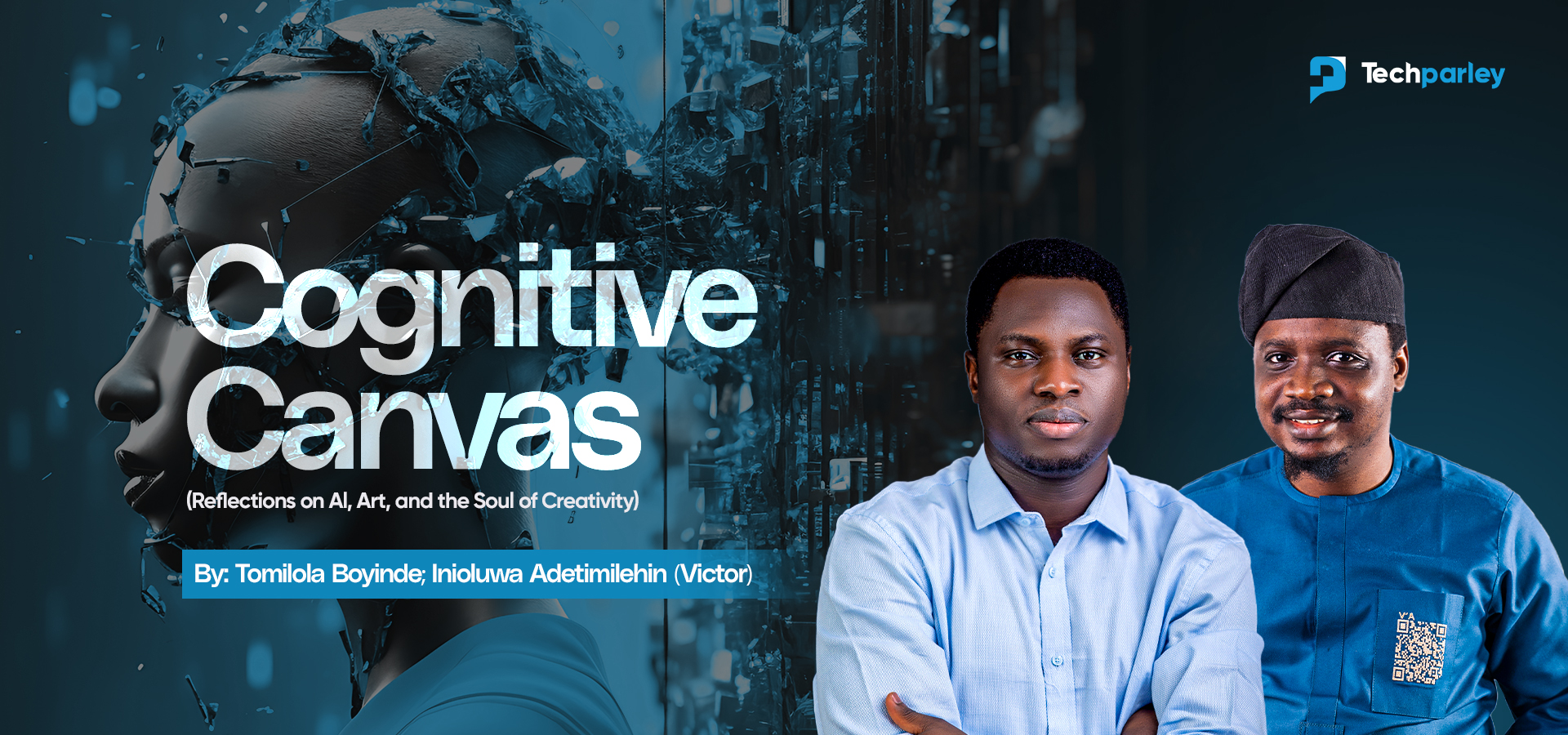Creativity can be exhilarating, but it can also be painfully elusive. Every writer, designer, musician, or innovator has stared at a blank page, an empty canvas, or a silent instrument and felt that familiar tug of frustration. The ideas that once flowed freely now feel just out of reach, leaving you stuck in a cycle of overthinking and self-doubt.
In the past, creators relied on coffee-fueled brainstorming sessions, long walks, or conversations with friends to shake loose inspiration. Today, artificial intelligence offers a new tool in that arsenal—a partner to spark inspiration. When used thoughtfully, AI can help you explore ideas, experiment with perspectives, and reframe old concepts in ways you might never have considered.
AI as Your Creative Sounding Board
Think of AI as a creative companion: responsive, curious, and tireless. It doesn’t write the final story for you; instead, it acts like a sounding board, lighting small bulbs of inspiration that you can expand, shape, and own. The challenge lies not in using AI, but in learning how to let it enhance your creativity without overshadowing your unique voice. Use the machine as a sparring partner.
The key is conversation. Start with something raw, such as a phrase, a blurry image, or even a half-formed question. Feed it into an AI system and imagine it sitting across from you in a coffee shop, then ask questions. That back-and-forth often unblocks you. You don’t have to take the machine’s words as they are, but you might catch sparks you wouldn’t have lit alone.
Research supports this effect. A 2025 study in Science Advances found that writers using AI produced stories readers rated as more creative and enjoyable than those written without assistance (Doshi & Hauser, 2025). Another study showed that people who typically generate fewer original ideas benefitted most from AI collaboration, since it nudged them past their usual habits (Ivcevic et al., 2024). The point is not outsourcing imagination. It is about kick-starting it, the way a lively conversation with a friend helps you see possibilities you missed on your own.
Sparring With Ideas: New Angles on Old Thoughts
If a creative block often feels like staring at the same wall, AI serves as a window opening where walls would typically be. One of AI greatest strengths is the computing power to help you see familiar ideas from strange angles. For example, you could freshen a decent short story draft by reimagining the plot in a different age than you first envisioned. How would the dialogue sound, if it were written by a child?
This technique draws on what cognitive scientists call semantic distance, the idea that creativity improves when you are nudged away from the most obvious associations. A 2024 study on the Associative Creativity Sparker found that prompts framed with distant but still related concepts consistently boosted originality in brainstorming (Wise TA & Kenett YN., 2024). AI is well-suited to this because it can remix your input across thousands of styles, eras, or lenses within seconds.
There is a caveat. Research shows that while AI-assisted stories often score higher on creativity, they also tend to look more similar to one another compared with purely human-written ones (Holzner N., Maier S., & Feuerriegel S, 2025). Overreliance risks a kind of creative flattening. That is why you should treat AI’s output as raw clay rather than a sculptural masterpiece. Use it to provoke your imagination, then bend it back into your authentic voice.
Think of AI less as a solution and more as friction, the grit that helps you polish your own ideas. This friction also gives new life to old work. Maybe you have half-finished poems or abandoned product designs. Running them through AI to test “what if” scenarios can reawaken them. That’s like handing you your sketchbook back.
A Workshop Partner, Not a Ghostwriter
Some people fear that bringing AI into their creative process means surrendering control. In practice, the most successful artists treat AI as a workshop partner, a peer who suggests, provokes, and challenges, but never replaces. Artist Sougwen Chung is a striking example. Instead of using AI to generate images behind a screen, she collaborates with it physically. Robotic arms trained on her brushstrokes move alongside her as she paints (Time, 2025).
For Chung, AI is not an intruder but a duet partner, expanding what she can do with line and rhythm. The crucial point is that agency stays with the human. You decide what to keep, discard, or remix. Without that boundary, the risk of overdependence grows. A University of South Carolina study on students brainstorming with AI found that while the machine boosted idea counts, it also made students less confident in their own original thinking (The Conversation, 2024).
So the right mindset is to treat AI like a colleague in your studio. It keeps the conversation alive, throws out unexpected suggestions, and maintains momentum. But the meaning, the direction, and the ultimate expression remain in human hands. Creativity is still a matter of judgment, taste, and significance.
Preserving the Human Spark
The larger question is unavoidable: if AI can generate endless possibilities, what keeps creativity human? The answer lies in choice and meaning. AI can produce infinite variations, but only you can decide which resonates, which carries emotional truth, and which fits the story you want to tell. Creativity is not just novelty. It is novelty that matters. That is why marketing researchers describe AI as a catalyst and collaborator rather than a replacement. It handles the heavy lifting, such as drafting variations, simulating scenarios, and trying out different tones, so that you can focus on resonance, voice, and authenticity (Sage, 2025).
A simple workflow can help maintain this balance. Begin solo by jotting down your raw ideas before engaging the AI, preserving your authentic voice. Next, introduce AI: feed it your concepts and ask for twists, reframes, or new directions. Then curate the results carefully, keeping only the sparks that genuinely excite you and discarding the rest. After that, refine the material by rewriting and reshaping it in your own words. Finally, reflect on the process: consider what AI helped unlock and what remained distinctly your own contribution. This approach ensures AI enhances your creativity without overshadowing it, keeping you firmly in control of the story you want to tell.
The promise is clear. AI can kill creative block. The risk is also clear. Overuse can reduce originality. The answer lies in mindful practice, knowing when to listen and when to step back into your own imagination.
Closing Reflection
AI will not kill creativity unless we let it. Used wisely, it becomes a friend who never tires of brainstorming, a colleague in the workshop, and a mirror that refracts your ideas into new forms. It helps you spar with new angles, revisit old drafts, and imagine styles you would never have dared to try. But the spark, the emotional resonance, the cultural relevance, and the human story remain yours. As one researcher put it, “AI offers the map. Humans decide where to journey.”
So the next time you feel blocked, don’t stare at the wall. Toss the thought into an AI. Banter, twist, and remix. And when the bulb lights in your mind, claim it, because the fire of creativity still burns brightest in human hands.
References
- Doshi, Hauser (2025). Science Advances – AI-assisted stories rated more creative. https://www.science.org/doi/10.1126/sciadv.adn5290
- Ivcevic et al. (2024). Journal of Creativity – AI boosts originality for low-creativity individuals. URL: https://www.sciencedirect.com/science/article/pii/S2713374524000050?via%3Dihub
- Wise TA, Kenett YN. (2024). Sparking creativity: Encouraging creative idea generation through automatically generated word recommendations. URL: https://link.springer.com/article/10.3758/s13428-024-02463-8
- Holzner N., Maier S., & Feuerriegel S. (2025). Generative AI and Creativity: A Systematic Literature Review and Meta-Analysis. URL: https://arxiv.org/pdf/2505.17241
- Sougwen Chung profile, Time (2025). URL: https://time.com/6691711/time100-impact-awards-sougwen-chung/
- The Conversation (2024). Student brainstorming study. URL: https://theconversation.com/ai-can-help-and-hurt-student-creativity-220587
- Marketing research on AI as collaborator, Sage Perspectives (2025). URL: https://www.sagepub.com/explore-our-content/blogs/posts/sage-perspectives/2025/03/10/unlocking-marketing-creativity-with-ai-the-future-of-innovation
Authored by:
Adetimilehin inioluwa Victor– Serial Creative: Poet | Essayist | Strategist | Founder:, Vic’Adex Concepts at vicadex.com
Adetimilehin Inioluwa Victor (Vic’Adex) is a serial creative and polymath who blends spoken-word poetry, painting, and communication to drive cultural innovations that advance human capital. Recognised among the top 10 contemporary spoken-word poets in Nigeria in 2015, he has since expanded his artistry into building creative safe spaces, thought leadership, and strategic communications. As an Engagement Manager at SCIDaR, he is shaping communication as a critical tool for improving social outcomes across the continent. Among his initiatives – each framed as “a Vic’Adex Concept”- are 60 Seconds Poet, Sip and Paint Abuja, and Vic’Adex Concepts & Aesthetic Resources. He continues to volunteer and contribute to social causes aligned with his creative and professional passions.
Tomilola Boyinde – Founder/CMO/Host, Bulbling247
Tomilola Boyinde is a serial creative and founder of Bulbling247, a global storytelling platform exploring creativity, technology, and innovation. He has contributed to the marketing and growth of both Nigerian and global brands, blending strategy, creative storytelling, and technology to craft campaigns that resonate and inspire. With a passion for human-centered innovation, Tomilola champions untold stories, amplifies emerging voices, and drives creative solutions that connect culture, technology, and business globally.
The AI & Creativity series was birthed by the conversation on Bulbling247 podcast. Watch the episode here: https://www.youtube.com/watch?v=5kXatW9RMM8&t=1391s





